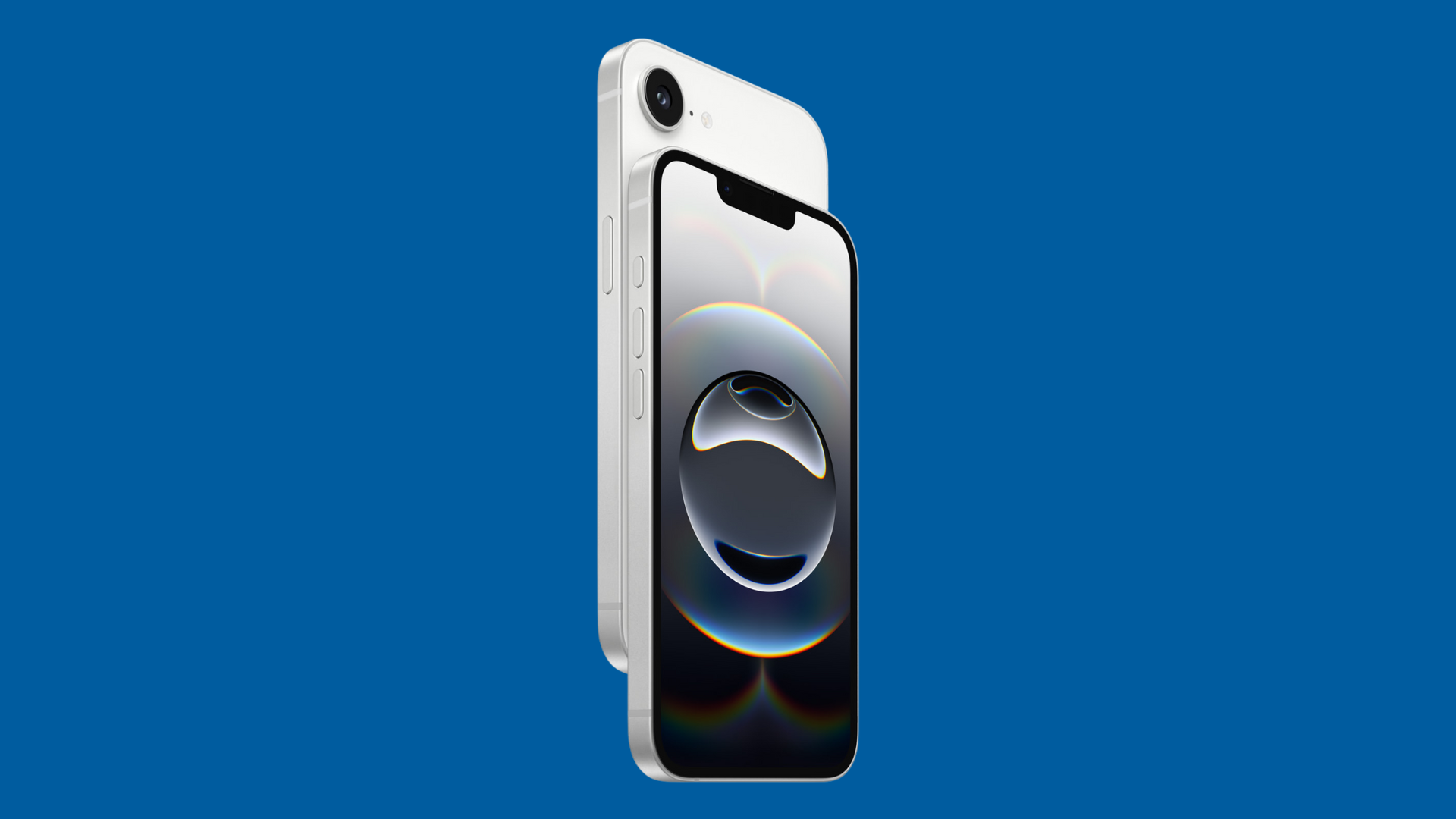
Apple today unveiled the final member of the iPhone 16 family, an iPhone that is interesting not because of its capabilities, but because of what it represents within the history of the iPhone and as a complement to today’s current lineup.
The new $599 iPhone 16e represents the discontinuation of the “iPhone SE” model name and the second hardware overhaul for Apple’s budget iPhone model since the first generation iPhone SE was launched in 2016. It also represents the official discontinuation of one iconic Apple hardware design element, the introduction of Apple’s first try at another hardware element, and some tougher choices for those looking to save money on their next iPhone purchase.
New design, custom C1 modem
Unlike the last two budget iPhone models, the second and third generation iPhone SE models, the new iPhone 16e looks like it actually belongs in the current iPhone family. Gone is the iPhone 8-inspired design of the SE and gone with it is the home button. The iPhone SE 3rd Generation was the last model to feature this iconic design element and with the introduction of the iPhone 16e, we wave goodbye to the home button forever.
Without the home button, we’re left with a design for the iPhone 16e that is very familiar. From the front, this device looks only slightly different from a non-pro iPhone 16 model. Replacing the home-button-based navigation is the full-screen, gesture based swiping navigation first introduced with the iPhone X.
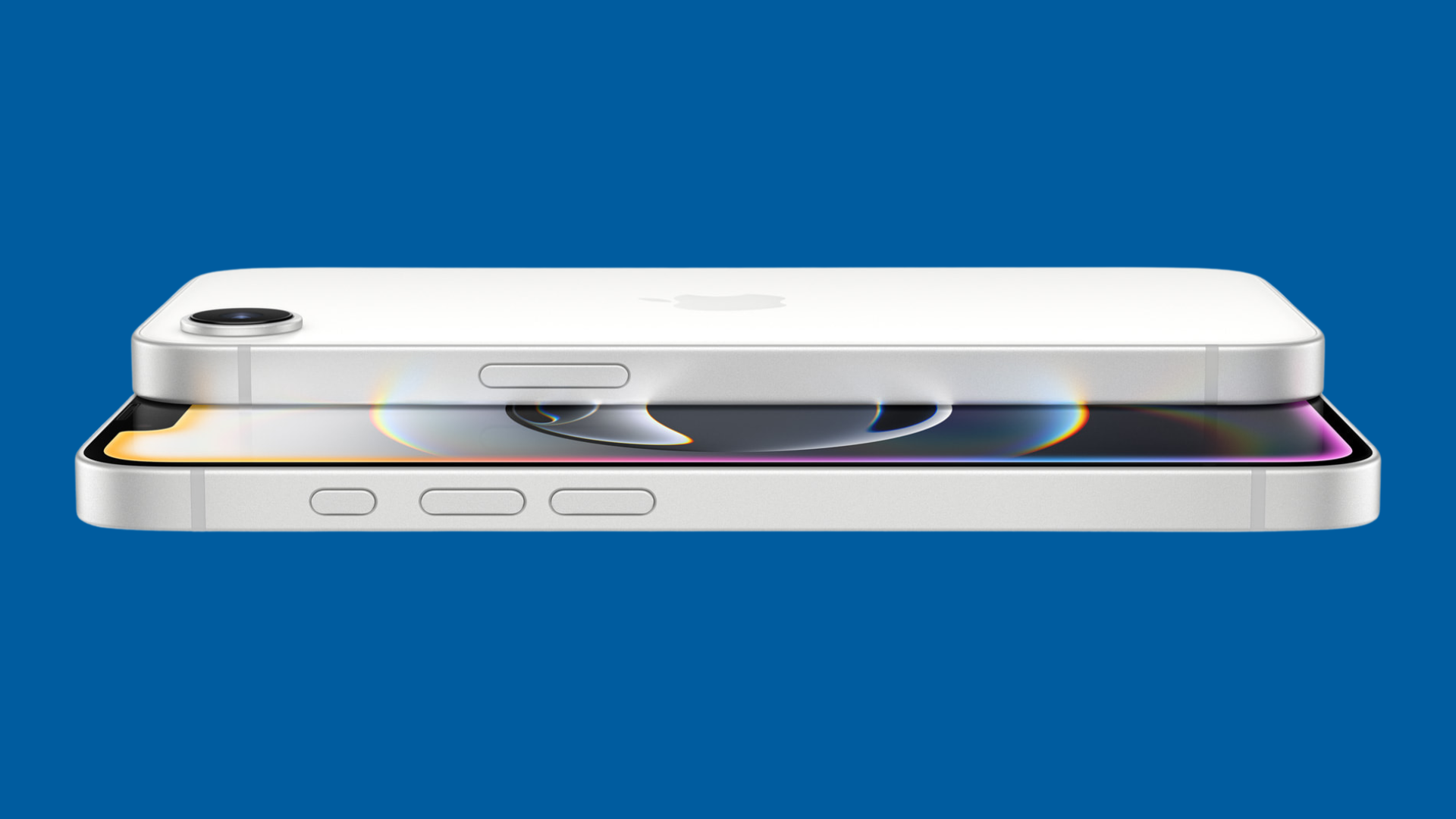
The primary design difference between the iPhone 16e and the rest of the iPhone 16 family that you’ll notice from the front of this device is the size of the phone’s bezels and the size of the FaceID notch. The iPhone 16 and iPhone 16 Pro models don’t have a notch at all, instead featuring what Apple calls the Dynamic Island—a pill-shaped cutout at the very top of the phone for the front-facing camera and FaceID sensors to go.
The iPhone 16e, on the other hand, has a notch—and very large bezels surrounding the screen.
The screen itself on the iPhone 16e measures 6.1 inches—the same size as the iPhone 16. However, the overall dimensions of the 16e are slightly smaller: the 16e measures 5.78 inches tall while the iPhone 16 measures 5.81 inches tall. In terms of thickness, the 16e and the 16 are identical, both measuring 0.31 inches thin.
Another difference in the iPhone 16e hardware design is the lack of a dedicated Capture button. That means there’s no dedicated button for launching the camera with a press or launching the Apple Intelligence feature Visual Search with a long press. The good news is that Apple has included the Action Button above the volume buttons on the 16e. And you will be able to assign opening the camera or launching Visual Intelligence to the Action Button on the iPhone 16e.
Around back, you’ll notice another major hardware design difference between the 16e and 16: there’s only a single camera lens. More on that in a bit.
Another notable hardware design change is that the iPhone 16e is the first iPhone to feature an Apple-designed cellular modem. Other iPhones use Qualcomm modems, but the iPhone 16e features the C1, a 5G Apple modem resulting from the company’s purchase of Intel’s modem business in 2019.
No MagSafe?!
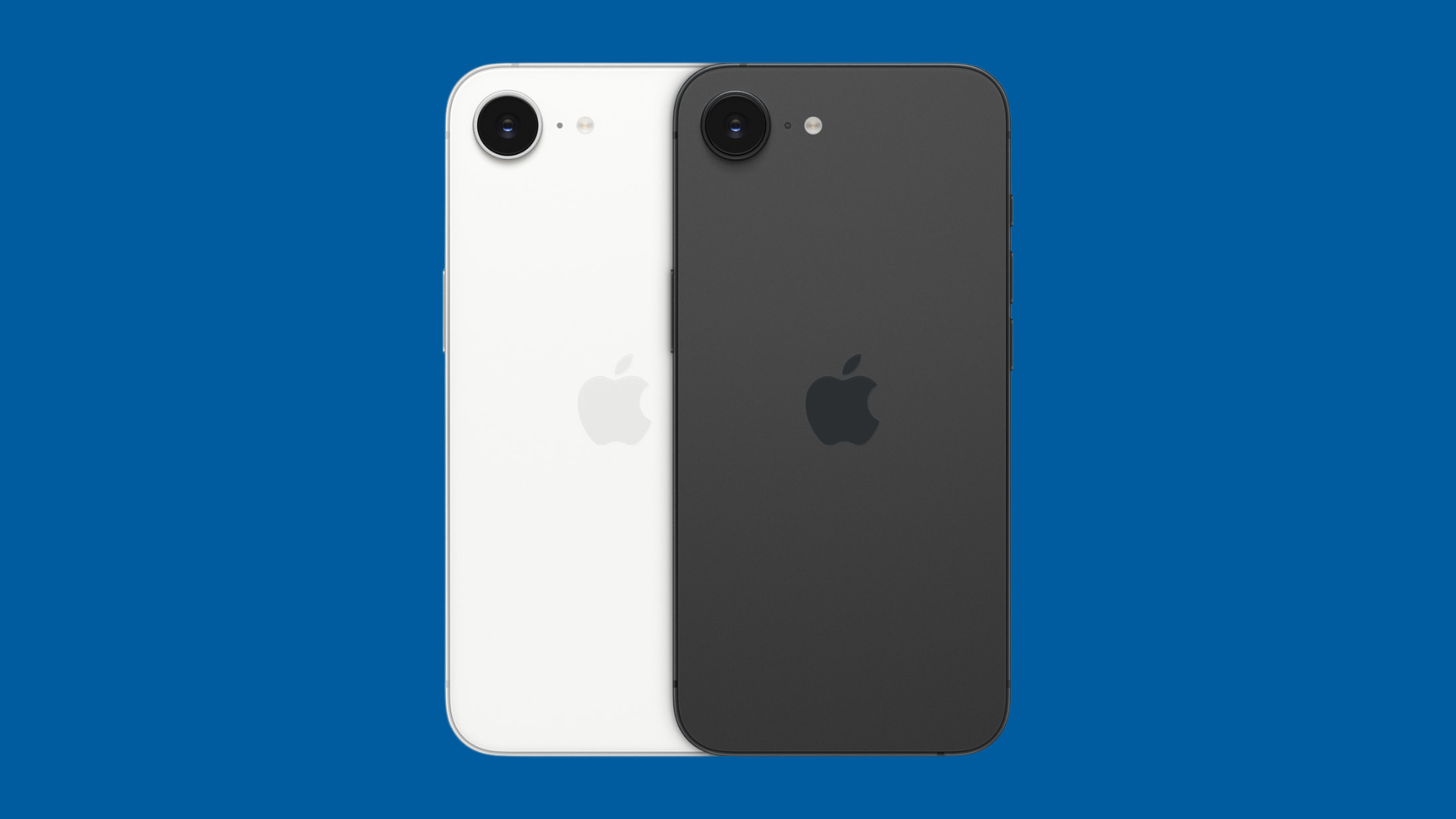
But the biggest design difference to the hardware of the iPhone 16e is one that is not apparent just by looking at the device. Though it looks like a modern iPhone, Apple has decided to carry over the iPhone SE models’ lack of MagSafe to the new 16e.
The design differences we’ve noted between the 16e and 16 are expected as the iPhone 16e is priced at $599—$200 cheaper than the standard iPhone 16. However, leaving out MagSafe feels overly punitive.
Apple has enabled wireless 7.5W wireless Qi charging here, but everyone knows the real utility from wireless charging on iPhone is MagSafe and the many MagSafe accessories available to purchase. This would be at the top of my list of cons if I were considering an iPhone 16e to save a bit of cash as I can’t imagine not having MagSafe on my iPhone.
OLED screen, A18, better battery, and a 48MP camera sensor
Despite the omission of MagSafe, there is some good news to be found in the iPhone 16e’s feature set.
First, the device features a 6.1-inch Super Retina XDR display similar to the one found in the iPhone 16. And like the iPhone 16, the refresh rate is 60hz.
The iPhone 16e also features the same processor as found in the iPhone 16: the A18. However, this appears to be a binned version of the A18 as it only has 4 GPU cores while the standard iPhone 16 is listed as having 5 GPU cores. That being said, because the A18 is present on the iPhone 16e, it does support running Apple Intelligence features—something even the standard iPhone 15 models can’t say.
Another welcome announcement with the 16e is stated battery life of up to 26 hours. That would mean that the iPhone 16e has the best rated battery life of any iPhone in the current lineup.
The final bit of good news with this device is that even though it only has a single camera, the sensor behind it is 48MP giving you plenty of flexibility for cropping photos.
Conclusion
The iPhone 16e is a bit of a head scratcher. Much of the design changes made between this new device and the iPhone SE that it replaces are welcome. Though many will be sad to see the home button go away for good, the writing has been on the wall for a while now and it’s best for the lineup to have a single method for UX and navigation between all iPhones and iPads.
The improved screen, bigger battery, higher resolution camera and Apple Intelligence-capable A18 processor are all fantastic changes as well.
Less exciting is the continued absense of MagSafe on Apple’s budget iPhone alongside a major price increase. The iPhone SE 3rd Gen sold for $429. The new iPhone 16e raises the price of Apple’s budget phone by nearly 40% to $599. Which makes the whole equation around picking which iPhone is right for you a lot harder.
On one hand you have a phone with a modern-ish display, a speedy and future-proof chip, and a high-resolution camera. On the other, is it worth saving $200 if you’re going to get a phone that doesn’t have MagSafe, and more flexible camera options? That obviously depends on the person. But the answer to that question was a lot easier to reach when the price was $429.
If you want to do a more in-depth comparison between the new iPhone 16e and the other iPhone 16 models, check out this awesome article and chart that The Verge put together. And let us know what you think about the new iPhon16e below.

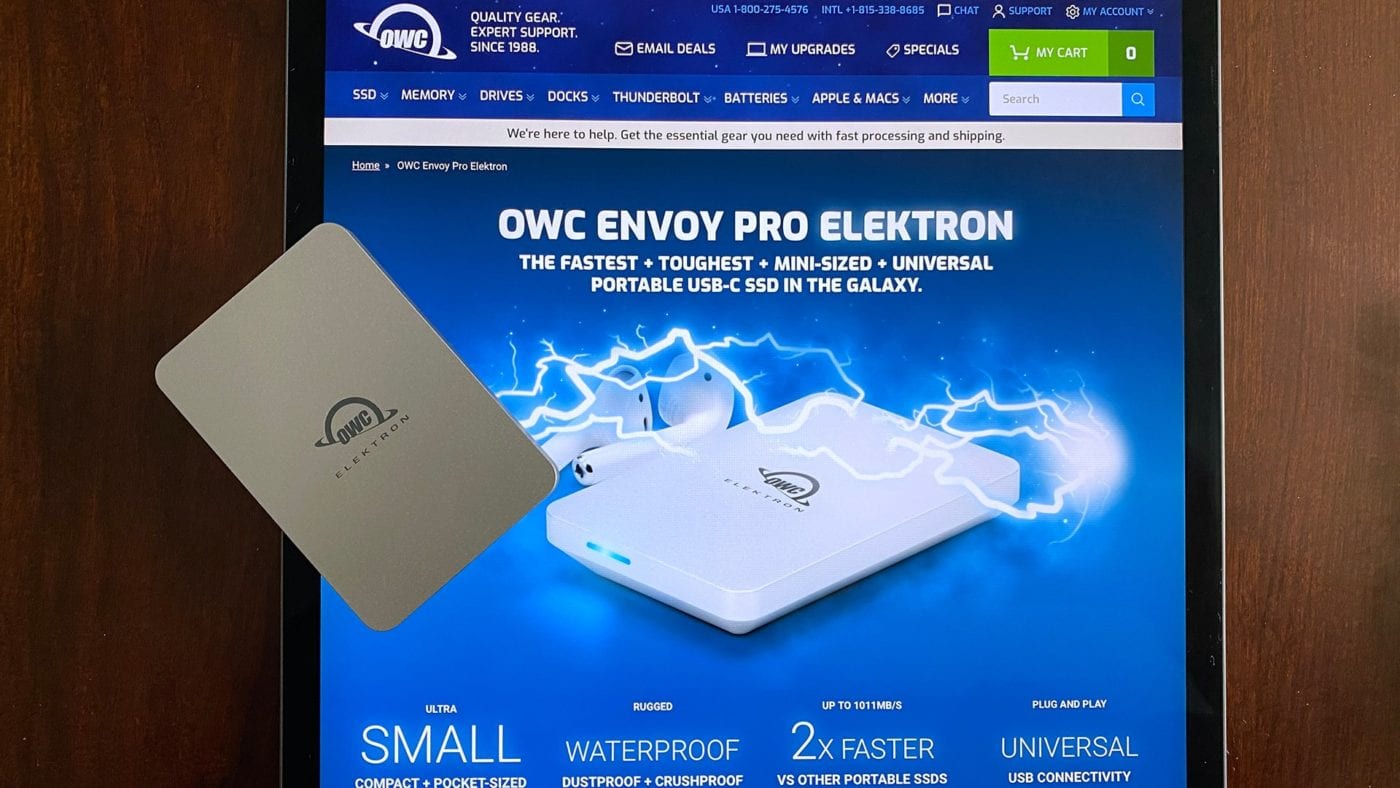
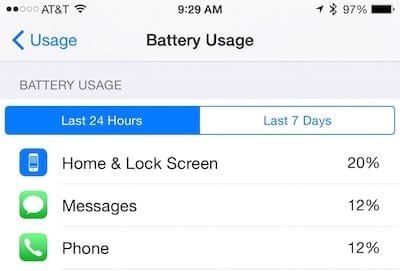




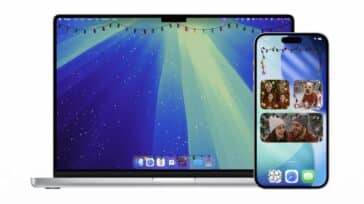


So disappointing. Anyone who hadn’t upgraded to the latest was holding out for a true SE 4; this ain’t it. Okay, phase out the home button if you must, but TouchID (has) real functionality. The iPads have Touch in their power button! If Apple had carried this feature over to the 16e, it might have helped a lot of skittish folks to make the transition. Apple Intelligence is not a selling feature, not yet, and certainly not for the SE stalwarts.
The ‘e’ is for edsel, as in, the lemon that nobody asked for.
MagSafe. To each his own. Never used it, nor has my wife.
I know what you mean! I don’t use wireless charging at all, even though I could use it. I don’t find plugging in a charging cable to be inconvenient!